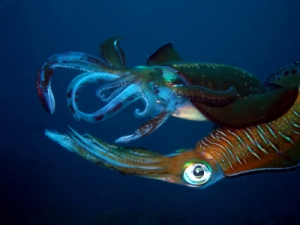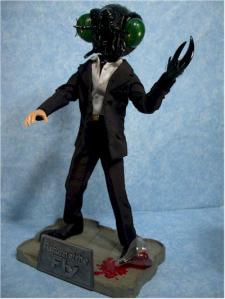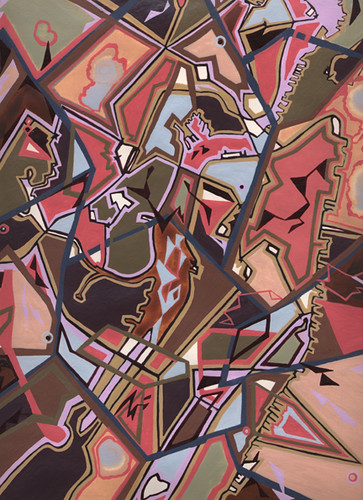The Humboldt squid has 36,000 teeth in total. Moves fast. Eats dirty. Is big. Gorgeous, graceful, and alien creature.
“The Humboldt squid is a voracious predator that will eat anything it can get its tentacles on.” – livescience.com

Creatures of a new mythology. Moving up and down the water columns. Ecosystem parasites. Opportunists. Formidable monsters. Predators. I say monsters, because with climate change the Humboldt squid “substantially expanded its perennial geographic range in the eastern North Pacific by invading the waters off central California. This sustained range expansion coincides with changes in climate-linked oceanographic conditions and a reduction in competing top predators. It is also coincident with a decline in the abundance of Pacific hake, the most important commercial groundfish species off western North America.” – National Academy of Sciences
The squid are expanding their range vertically, in terms of depth and horizontally in terms of range, and eating away their prey. They are competing for our food, having outlasted their competing predators and exhibiting robust resistance to changing conditions.
Monsters represent a threat to our safety and livelihoods. They are our wily and flexible competitors.






